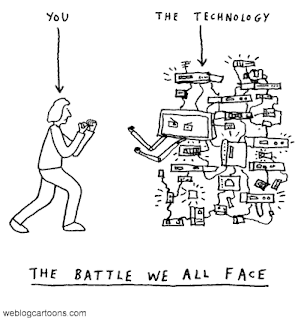News websites have a number of flashy multi-media features that simply cannot be replicated by a traditional newspaper, including video and audio streaming. The Herald Sun streams news from the Sky Network and the top headlines can be viewed just like a television broadcast.
However without even having to capture footage (which can be a lengthy process of script writing, voicing and editing), news websites are able to build stories with still images. Software from free websites such as Picasa, PictureTrail, BubbleShare and Slideflickr can be used to upload pictures, which can then be stored as a file and embedded into a blog or a website. The images can then be viewed much like a digital photo album, and when used in conjunction with a news story, can play a valuable story telling role.
To demonstrate how free photo gallery editors can be used I have decided to create a tribute to St Kilda footballer, Robert Harvey. Although I am an avid Western Bulldogs supporter, Harvey is regarded as one of the best and fairest players to ever play AFL and I have still been able to admire his long career from afar. I have used Slide because after trying out a number of different programs, I felt that this was the most user-friendly.
All picture software programs have different features and people will inevitably have their personal preferences. I chose Picasa because I already had the software package downloaded on my computer and an account with Google. Hence, I had no personal preference relating to the layout or the features.
To see how my slideshow compares to a Herald Sun tribute of Harvey, click here.
You be the judge!
Signing out!
16 years ago







